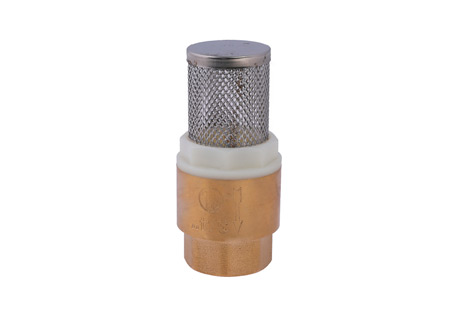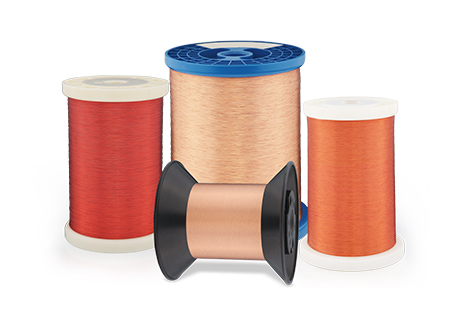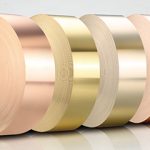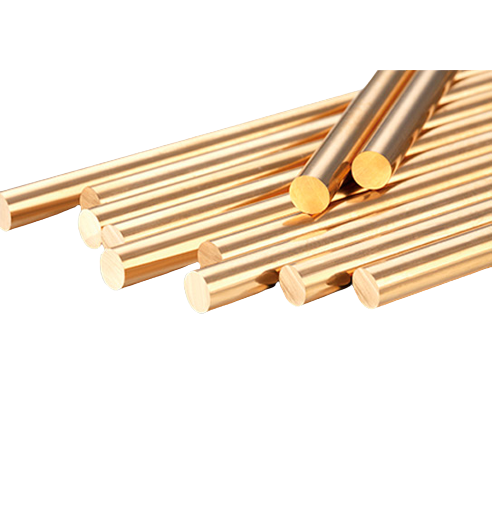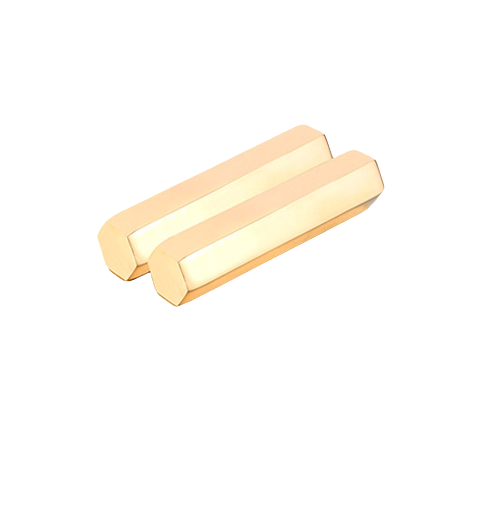Leaded brass rod, a widely-used component in various industries, offers excellent durability and corrosion resistance. In this blog, we will explore the remarkable properties of leaded brass rods and delve into how they enhance the lifespan and performance of various applications. With a focus on corrosion resistance, we will discuss the benefits of leaded brass rod in safeguarding against environmental factors that can lead to material degradation. By understanding the exceptional features of leaded brass rod, we can make informed decisions when it comes to selecting materials for long-lasting and reliable products.
Understanding the Composition of Leaded Brass Rods
Leaded brass rod is an alloy primarily composed of copper (Cu) and zinc (Zn), with a small percentage of lead (Pb) added for enhanced machinability. This unique composition grants leaded brass rod its notable strength and resistance to corrosion. The lead acts as a lubricant during machining operations, reducing friction and allowing for precise shaping. However, it's important to note that while leaded brass rod offers excellent machinability, proper handling and disposal should be implemented due to the potential environmental implications of lead.
Unveiling the Corrosion Resistance of Leaded Brass Rods
One of the distinguishing features of leaded brass rod is its exceptional resistance to corrosion. The presence of lead in the alloy forms a protective layer, known as a patina, that shields the underlying brass from harmful environmental elements. This natural patina forms over time when the surface of the leaded brass rod is exposed to oxygen and moisture. The patina creates a barrier that prevents further oxidation, sacrificing itself to protect the metal underneath. As a result, leaded brass rod exhibits superior resistance to rust, tarnish, and other forms of corrosion, making it an ideal choice for applications in harsh environments such as marine and coastal regions.
Durability: A Key Benefit of Leaded Brass Rods
Leaded brass rod is renowned for its exceptional durability, ensuring longevity and extended performance in a wide range of applications. With its inherent strength and resistance to wear, leaded brass rod proves to be highly reliable in demanding environments. This strength enables leaded brass rod to withstand mechanical stresses, pressure, and friction, making it a preferred choice for components in machinery, electrical connectors, plumbing fittings, and more. Furthermore, leaded brass rod presents high thermal conductivity, enabling efficient heat transfer and rendering it ideal for heat exchangers, radiators, and other heat management applications.
Applications Utilizing Leaded Brass Rods
The versatile properties of leaded brass rod make it an essential material in various industries. For instance, in plumbing and fittings, leaded brass rod ensures leak-proof connections while withstanding water and chemical corrosion. In the electrical sector, leaded brass rod offers excellent conductivity and durability, ensuring the smooth and efficient flow of electrical power. Additionally, the automotive industry relies on leaded brass rod for manufacturing engine components, transmission parts, and radiator fittings, taking advantage of its strength and corrosion resistance. Marine and maritime applications also benefit from leaded brass rod, as it withstands the harsh marine environment with its resistance to saltwater corrosion.
Leaded brass rod stands as a reliable solution for increasing durability and corrosion resistance in various applications. Its unique composition of copper, zinc, and lead grants it remarkable strength, facilitating machinability and long-lasting performance. With its corrosion resistance, including the formation of a protective patina, leaded brass rod withstands the harshest environmental conditions. Moreover, its durability ensures that products and components made from this material endure mechanical stress and wear over time. By embracing the exceptional properties of leaded brass rod, industries across the spectrum can benefit from enhanced performance, reliability, and longevity.

 English
English 日本語
日本語 한국어
한국어 français
français Deutsch
Deutsch Español
Español italiano
italiano العربية
العربية tiếng việt
tiếng việt Türkçe
Türkçe ไทย
ไทย 中文
中文
